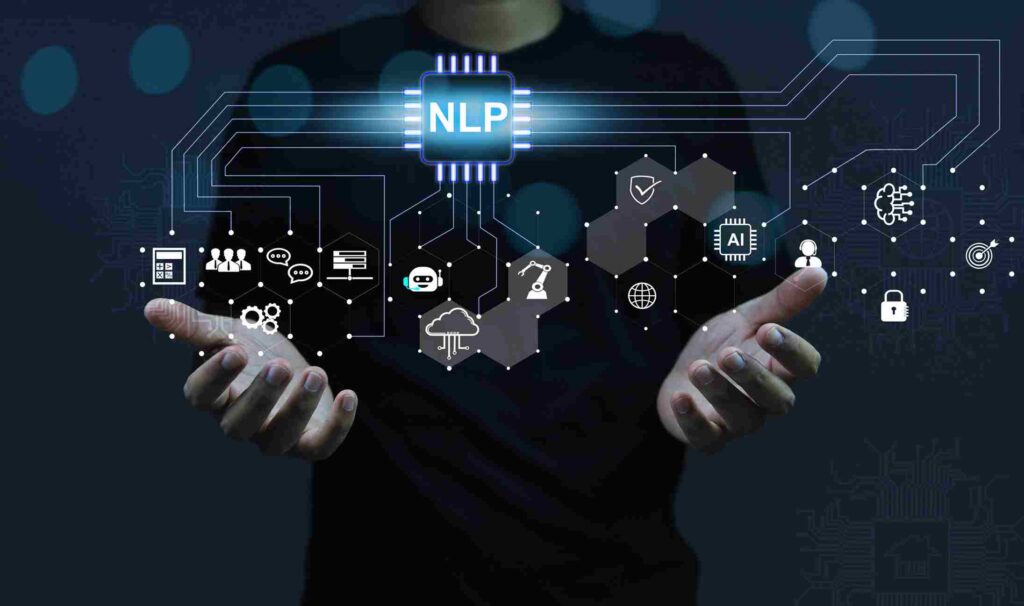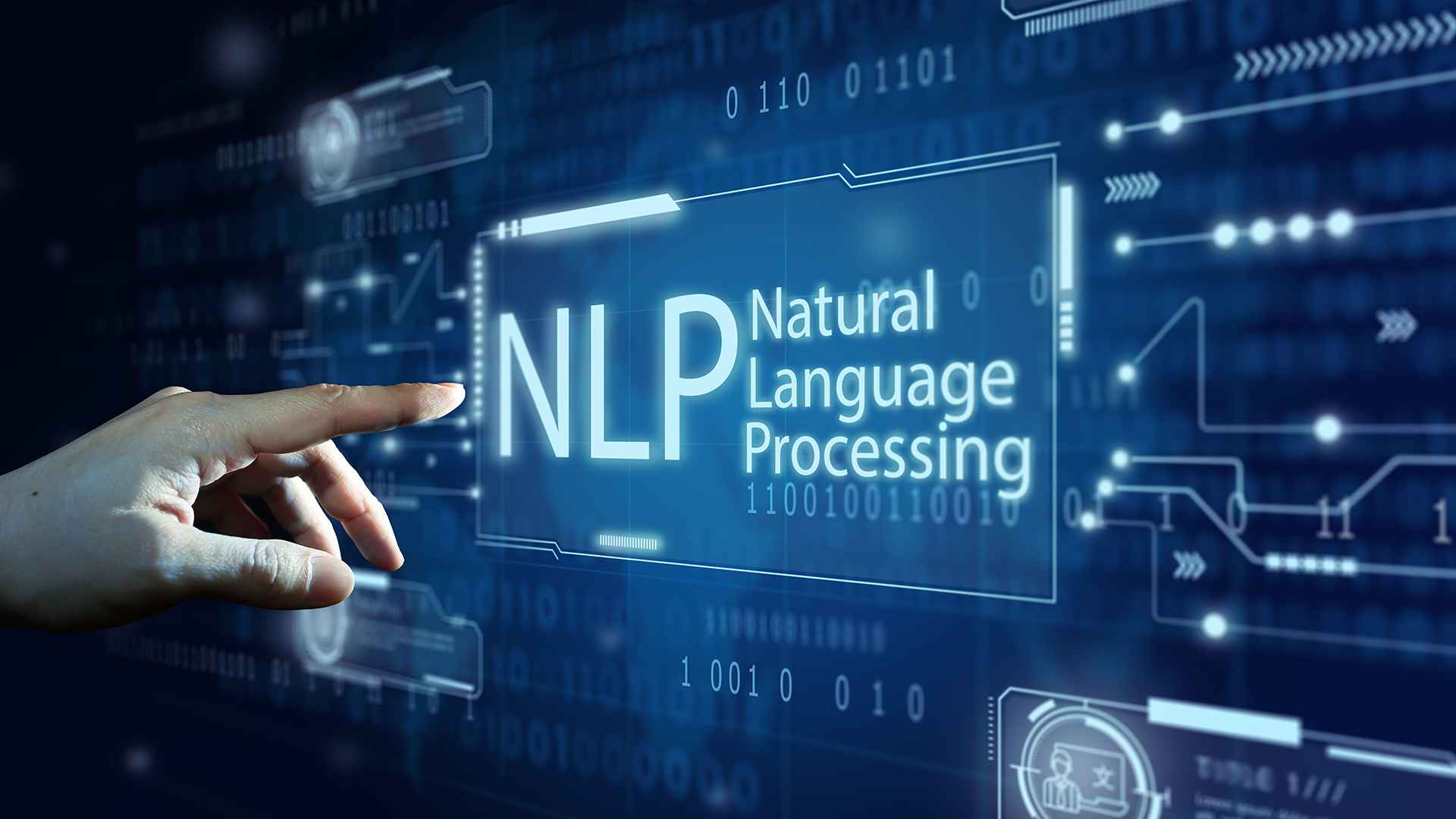Natural Language Processing (NLP) is a transformative field within artificial intelligence (AI) that focuses on enabling machines to understand, interpret, and generate human language. This technology plays a crucial role in various applications such as virtual assistants, chatbots, automated translation, and much more. As NLP continues to evolve, it becomes an integral part of our daily lives, bridging the gap between human communication and computer understanding.
The essence of Natural Language Processing lies in its ability to process and analyze large volumes of text or speech data, converting it into a format that computers can work with. This involves complex tasks like tokenization, parsing, sentiment analysis, and machine translation. The advancements in deep learning and machine learning have propelled NLP to new heights, making it more effective and efficient in handling complex language structures.

Evolution of Natural Language Processing
Early Beginnings
The journey of Natural Language Processing started in the 1950s with the ambition of developing machine translation systems. Early approaches were predominantly rule-based, relying on handcrafted rules and a limited vocabulary. These systems struggled with the intricacies of human language due to the lack of computational resources and understanding of language semantics.
The Statistical Approach
In the 1980s, the advent of statistical methods marked a significant shift in the approach to NLP. Researchers began utilizing large corpora to develop probabilistic models, such as Hidden Markov Models (HMMs), to better capture the probabilistic nature of language. This era laid the groundwork for the development of more robust language models that could handle ambiguity and variability in human language.
The Rise of Deep Learning
The 2010s witnessed a paradigm shift in NLP with the advent of deep learning techniques. Models like Recurrent Neural Networks (RNNs) and Long Short-Term Memory (LSTM) networks revolutionized the field by enabling the modeling of sequential data. This period also saw the emergence of powerful models like Transformers, which paved the way for groundbreaking advancements such as BERT (Bidirectional Encoder Representations from Transformers) and GPT (Generative Pre-trained Transformer).
Core Components of Natural Language Processing
Tokenization
Tokenization is the process of breaking down a text into smaller units called tokens, typically words or subwords. This is a foundational step in Natural Language Processing as it simplifies the input for further processing.
- Word Tokenization: Splits the text into individual words, crucial for basic text analysis.
- Subword Tokenization: Breaks words into smaller units, useful for dealing with out-of-vocabulary words and various word forms.
- Sentence Tokenization: Divides a paragraph into sentences, aiding in understanding the structure and flow of the text.
Part-of-Speech Tagging
Part-of-speech (POS) tagging assigns a grammatical category, such as noun, verb, or adjective, to each token. This information helps the model grasp the syntactic structure of a sentence, which is vital for tasks like parsing and machine translation in Natural Language Processing.
Named Entity Recognition
Named Entity Recognition (NER) identifies and classifies entities in a text into predefined categories like names, locations, dates, and organizations. NER is instrumental in extracting structured information from unstructured text, making it a crucial component of Natural Language Processing.
Syntax and Parsing
Parsing is the process of analyzing the syntactic structure of a sentence to understand its grammatical composition. In Natural Language Processing, two primary approaches are used:
- Dependency Parsing: Represents the grammatical structure as a set of relationships between words.
- Constituency Parsing: Breaks down a sentence into sub-phrases, or constituents, representing a hierarchical structure.
Semantic Analysis
Semantic analysis focuses on understanding the meaning of a text. It includes several sub-tasks:
- Word Sense Disambiguation: Determining the correct meaning of a word based on its context.
- Semantic Role Labeling: Identifying the relationship between a verb and its arguments.
- Coreference Resolution: Resolving references to the same entity within a text, such as pronouns and proper nouns.
Sentiment Analysis
Sentiment analysis identifies the emotional tone behind a piece of text, classifying it as positive, negative, or neutral. It is widely used in Natural Language Processing for applications such as social media monitoring, customer feedback analysis, and market research.
Machine Translation
Machine translation aims to automatically translate text from one language to another. Modern Natural Language Processing models leverage deep learning techniques, such as Transformers, to achieve high-quality translations that are contextually accurate and fluent.

Text Summarization
Text summarization condenses a longer document into a shorter version while preserving its key information. This can be done through two primary methods in Natural Language Processing:
- Extractive Summarization: Selects and concatenates key sentences from the original text.
- Abstractive Summarization: Generates a new summary that captures the essence of the original text.
Applications of Natural Language Processing
Virtual Assistants
Virtual assistants like Siri, Alexa, and Google Assistant use Natural Language Processing to interpret and respond to user queries. They process spoken language, understand user intent, and provide relevant information or actions in response.
Chatbots
Chatbots are used in customer service, e-commerce, and other industries to automate interactions with users. They utilize Natural Language Processing to comprehend user input, answer questions, and even manage complex dialogues.
Automated Text Analysis
Natural Language Processing is essential for analyzing large volumes of text data in applications like sentiment analysis, topic modeling, and content categorization. This is particularly valuable for industries such as finance, healthcare, and media monitoring.
Language Translation
Services like Google Translate employ Natural Language Processing to translate text and speech from one language to another. Modern translation systems can handle complex sentences and idiomatic expressions with improved accuracy.

Content Generation
Natural Language Processing models, such as GPT-3, can generate human-like text for various applications, including writing articles, creating chatbot responses, and even composing poetry.
Speech Recognition
Speech recognition systems convert spoken language into text. This technology powers applications like voice search, transcription services, and assistive technologies for individuals with disabilities, all powered by Natural Language Processing.
Challenges in Natural Language Processing
Ambiguity and Context
Human language is inherently ambiguous, and the same word or phrase can have multiple meanings depending on the context. Natural Language Processing systems must be capable of resolving these ambiguities to understand the intended meaning.
Multilingualism and Dialects
Creating Natural Language Processing models that work across multiple languages and dialects is challenging due to variations in grammar, vocabulary, and pronunciation. Transfer learning and multilingual models are being developed to address these issues.
Data Scarcity
High-quality, annotated data is essential for training accurate Natural Language Processing models. For many languages and specialized domains, such data is scarce, limiting the performance of NLP systems.
Bias and Fairness
Natural Language Processing models can inherit biases present in the training data, leading to unfair or discriminatory outcomes. Researchers are working on techniques to detect and mitigate these biases to ensure fair and equitable NLP systems.
Understanding Nuance and Emotion
Capturing the nuances of human language, such as sarcasm, humor, and emotion, remains a significant challenge for Natural Language Processing models. These subtle aspects require a deep understanding of context and world knowledge.
The Future of Natural Language Processing
Advances in Pre-trained Language Models
The development of large-scale pre-trained language models, such as GPT-4 and BERT, has significantly improved the capabilities of Natural Language Processing systems. These models are fine-tuned on specific tasks, resulting in state-of-the-art performance across various applications.
Integration with Other AI Technologies
Natural Language Processing is increasingly being integrated with other AI technologies, such as computer vision and robotics, to enable more comprehensive understanding and interaction. For example, combining Natural Language Processing with visual perception allows for more accurate scene understanding and human-robot interaction.
Ethical Considerations
As Natural Language Processing becomes more pervasive, ethical considerations around privacy, data security, and the potential misuse of technology are gaining importance. Researchers and policymakers are working to establish guidelines and regulations to ensure the responsible use of Natural Language Processing technologies.
Personalization and Adaptability
Future Natural Language Processing systems will likely become more personalized and adaptable, capable of learning from user interactions and preferences to provide more relevant and tailored responses.
Real-time Language Understanding
The development of models that can process and understand language in real time will open up new possibilities for applications such as real-time translation, live transcription, and interactive AI companions, all powered by Natural Language Processing.
Conclusion
Natural Language Processing is a transformative field within AI that plays a crucial role in enabling machines to understand and interact with human language. From virtual assistants to automated translation, Natural Language Processing is reshaping the way we interact with technology. While significant progress has been made, challenges remain in handling the complexity and variability of human language. As research continues, the potential applications of Natural Language Processing are vast, promising to further integrate AI into our daily lives in meaningful and impactful ways.
With advancements in model architectures, increased computational power, and the growing availability of large datasets, the future of Natural Language Processing looks promising. As these technologies continue to mature, they will become even more integral to how we communicate, learn, and interact with the digital world.
For more technology updates, check out MyTechAngle, your reliable resource for the latest in tech.



